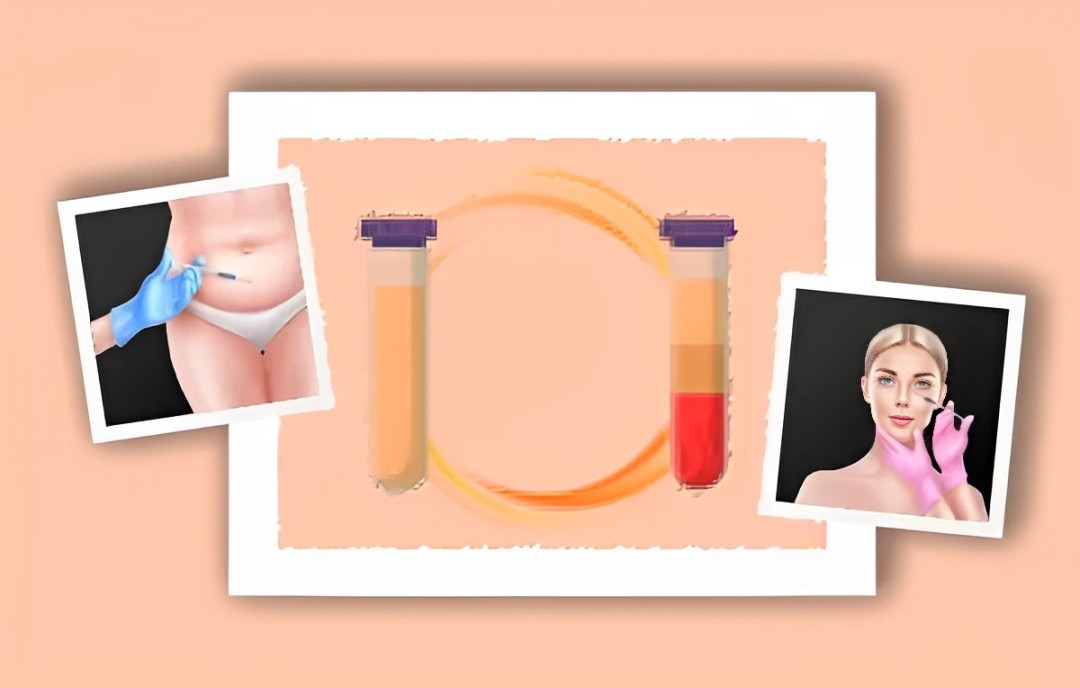How to Sleep After a Facial Lipofilling?
Facial lipofilling is a cosmetic surgery technique gaining popularity due to its natural and long-lasting results. However, post-procedure, many patients question how to sleep properly for optimal recovery. Sleep is crucial for healing; following specific recommendations minimizes complications and maximizes aesthetic results. This article guides you through sleeping well after facial lipofilling, addressing side effects, positioning, and relaxation techniques.
What is facial lipofilling?
Facial lipofilling involves removing fat from elsewhere on the body (often the abdomen, thighs, or buttocks) and injecting it into specific facial areas. This procedure aims to fill hollows, smooth wrinkles, restore volume, and rejuvenate the face's natural contours. Unlike synthetic fillers, the injected fat is biocompatible – coming from the patient – reducing rejection or allergic reaction risks.
The procedure is performed under local or general anesthesia, depending on the area's size. After removal, the fat is purified before reinjection. Results are generally long-lasting as some injected fat permanently integrates into facial tissues.
Facial lipofilling is ideal for those seeking a natural alternative to implants or fillers. However, like any surgery, it carries risks, and following post-operative recommendations, especially regarding sleep, is crucial.
 Understanding the effects of lipofilling on sleep
Understanding the effects of lipofilling on sleep
Sleep is crucial for recovery after facial lipofilling. However, several side effects can disrupt sleep, including pain, swelling, and general discomfort. The first night is often the most challenging as the body reacts to the surgery.
Swelling and bruising are normal; they may be more pronounced in the first 48 hours, impacting sleep. Sleeping position is critical; poor positioning worsens discomfort and compromises results.
Post-procedure anxiety is common, especially concerning the temporary appearance. Worries about the final result can affect sleep. Understanding and managing these effects promotes better sleep.
Tips for better sleep after facial lipofilling
Sleeping after facial lipofilling requires adjusting sleep habits. Here are tips for better sleep and healing:
Positioning and support
Sleeping position is crucial. Sleep on your back with your head slightly elevated to minimize swelling and promote blood circulation. Use two or three pillows to maintain this position. This avoids direct pressure on treated areas, preventing fat displacement or irregularities.
If you're used to side or stomach sleeping, adapting will be challenging, but essential for the first few weeks. Use body pillows or bolsters to prevent rolling over.
Pain and discomfort management
Pain is common and manageable with your surgeon's prescribed pain relievers. Take medication before bed to minimize discomfort and nighttime awakenings. Contact your doctor if pain persists or worsens.
Cold compresses reduce swelling and discomfort. Apply before bed, following your surgeon's instructions. Avoid alcohol or substances interfering with pain relievers.
Favorable sleep environment
A comfortable, peaceful environment is essential. Ensure your room is dark, quiet, and at a comfortable temperature. Extreme temperatures disrupt sleep and prolong recovery.
Use comfortable sheets and blankets. A humidifier maintains optimal humidity, relieving respiratory discomfort and improving sleep quality. Aromatherapy, such as lavender essential oil, can promote relaxation.
Facial lipofilling: relaxation techniques
Relaxation techniques improve sleep quality. Practice deep breathing exercises before bed to reduce stress and anxiety. Meditation calms the mind and prepares the body for sleep. Use guided meditation apps or focus on your breath, releasing tension in each body part.
Light stretching releases tension; avoid vigorous exercise.
Following postoperative instructions
Following your surgeon's instructions is essential for good recovery and optimal results. This includes maintaining a supine position, using prescribed medications, and applying cold compresses.
Avoid smoking or nicotine, stay hydrated, and eat a balanced diet. Contact your surgeon with any concerns.
Where to have facial lipofilling?
Choosing a clinic and surgeon is an important decision. Thoroughly research clinics specializing in cosmetic surgery; they are not all equal.
Check the surgeon's qualifications, certifications, and experience. Review online reviews and testimonials. Schedule a consultation to discuss expectations and assess comfort levels.
Conclusion
Sleeping after facial lipofilling may be challenging, but with preparation and proper advice, you can achieve restful nights for faster recovery. Following post-operative instructions, proper sleeping position, pain management, and a conducive sleep environment are key for successful results. Choosing your surgeon carefully and following their recommendations will maximize your chances of a natural and harmonious result. Remember, patience and diligence are crucial for recovery.
 Understanding the effects of lipofilling on sleep
Understanding the effects of lipofilling on sleep